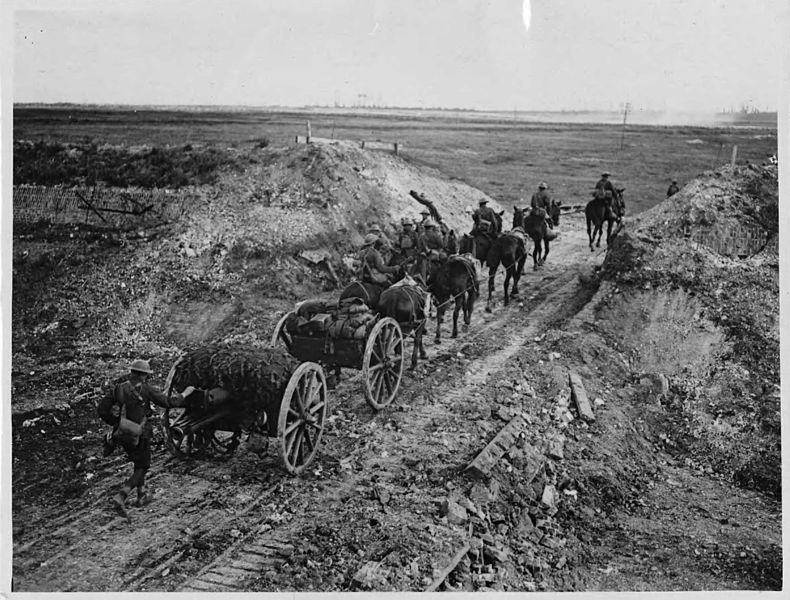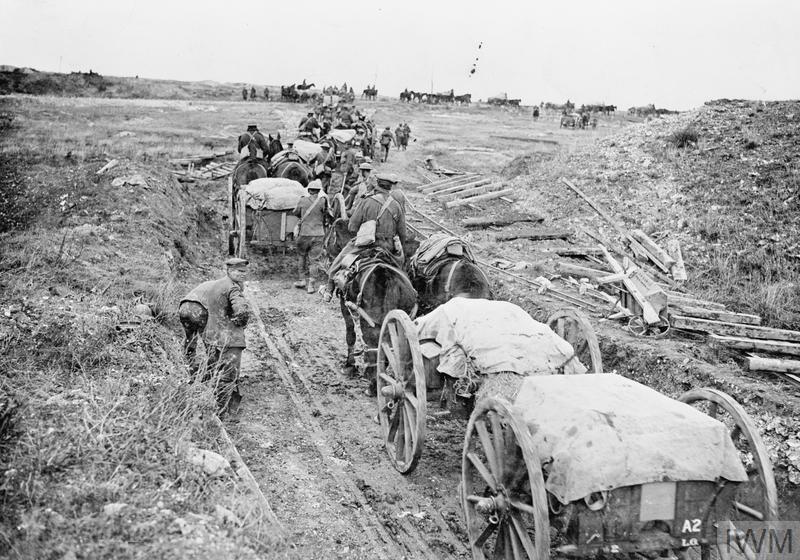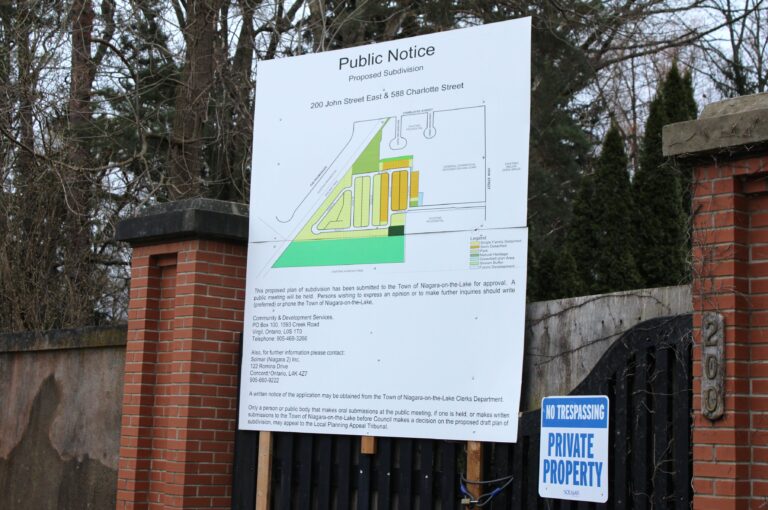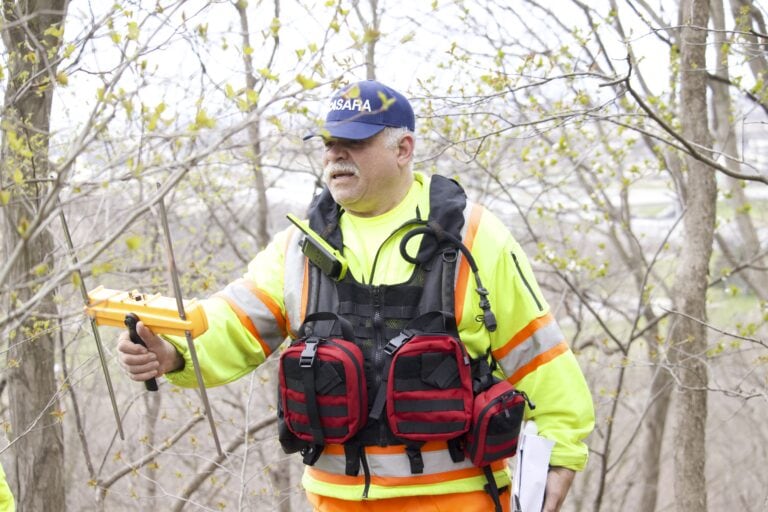It’s been a century since Niagara-on-the-Lake’s iconic clock tower cenotaph was erected. Then, in 1926, the Township of Niagara unveiled its own memorial in Queenston. In recognition of those who fought and died in two world wars and beyond, NOTL historian Ron Dale has been researching the stories of the people – all men – whose names are engraved on the two cenotaphs. This is one in a series of stories documenting and remembering the sacrifices of those commemorated on the municipal memorial in Queenston.
Ron Dale
Special to The Lake Report
By September 1918, the Allies were slowly forcing the German army to retreat toward their final defensive position, the Hindenburg Line.
The Battle of Amiens, from Aug. 8 to 11, had resulted in the Germans suffering 27,000 casualties on the first day alone and many of the enemy surrendered as the Canadians advanced.
The Germans were pushed back 13 kilometres from their original front-line positions.
During August, 57,000 German prisoners were taken and 650 pieces of their artillery captured.
The end of the long war was in sight.
It was at this time that the last man from what was then Niagara Township was killed fighting in France.
Leslie Cudney was born on July 23, 1893, in Niagara Township, youngest of the seven children of farmer John Cudney and Elvira Dunn. Elvira died of pneumonia in the spring of 1901 when Leslie was 9.
John Cudney ensured that his children received a good education and, by 1914, the year that John remarried, Leslie was employed as an accountant in Niagara Falls.
Two years later, Leslie volunteered for active service in the First World War, travelling to London, Ont., in June 1916 to begin the enlistment process and finally joining the Canadian Field Artillery on Sept. 4, 1916.
Gunner Cudney’s training period in Canada was unusually short.
After receiving a uniform and very rudimentary instruction in foot drill and military protocols, he was sent by train to Halifax and embarked for Europe on Oct. 4, 1916.
Nine days later he disembarked at Liverpool and was sent by train to the Canadian Army training camp at Shorncliffe, Kent, England. Again, his training period was short, lasting only three months.
Cudney arrived in France on Jan. 14, 1917, and remained in a reinforcement camp until required at the front.
Finally, he was posted to the 5th Brigade of the Canadian Field Artillery on May 11, 1917.
He served as a driver, rather than training to load and fire artillery pieces. While his army rank was “gunner,” his work involved transportation of ammunition and supplies to the gun position.
Because he had grown up on a farm, he had a great deal of experience handling horses. At that time a limited number of trucks and a larger number of horse-drawn wagons kept the artillery supplied.
Ammunition, rations and supplies assembled in England were shipped to France and loaded on railroad cars to be taken toward the front lines.
Depots were established far enough from the battlefield to ensure the enemy did not shell the ammunition “dumps.”
From there, the goods were transported by motor vehicles to smaller brigade depots closer to the front.
Here the ammunition, rations and so on were loaded onto trucks, light rail cars or horse-drawn wagons to take them to the gun positions as required. This was the most dangerous part of the transportation system, frequently subjected to enemy artillery fire.
While the Allies’ artillery continued to fire at enemy positions daily, the amount of gunfire was increased during major attacks.
Cudney served in action at the Battle of Hill 70 from Aug. 15 to 25, 1917. During this time, the artillery backing the Canadian Corps fired close to a million shells at the Germans.
Cudney continued to serve, transporting ammunition to the gun positions each day, frequently under long-distance shell fire from enemy guns. Only two months before the war ended, his luck ran out.
The official document known as the “Circumstances of Death” is clear about how he lost his life:
“The enemy were shelling the wagon lines on the night of Sept. 6-7, 1918, when one of the shells dropped near Gunner Cudney, a piece of which entered his chest. He was given immediate attention and conveyed to the dressing station, from where he was evacuated to No. 4 Canadian Field Ambulance, where he died.”
Cudney was undoubtedly buried near the location of the field ambulance station but somehow the exact location of his grave was lost. He has no known grave.
His name is engraved on the Vimy Monument, along with 11,284 other Canadian soldiers whose final resting places remain unknown.
As well, Leslie John Cudney is commemorated on the municipal cenotaph at Queenston.











